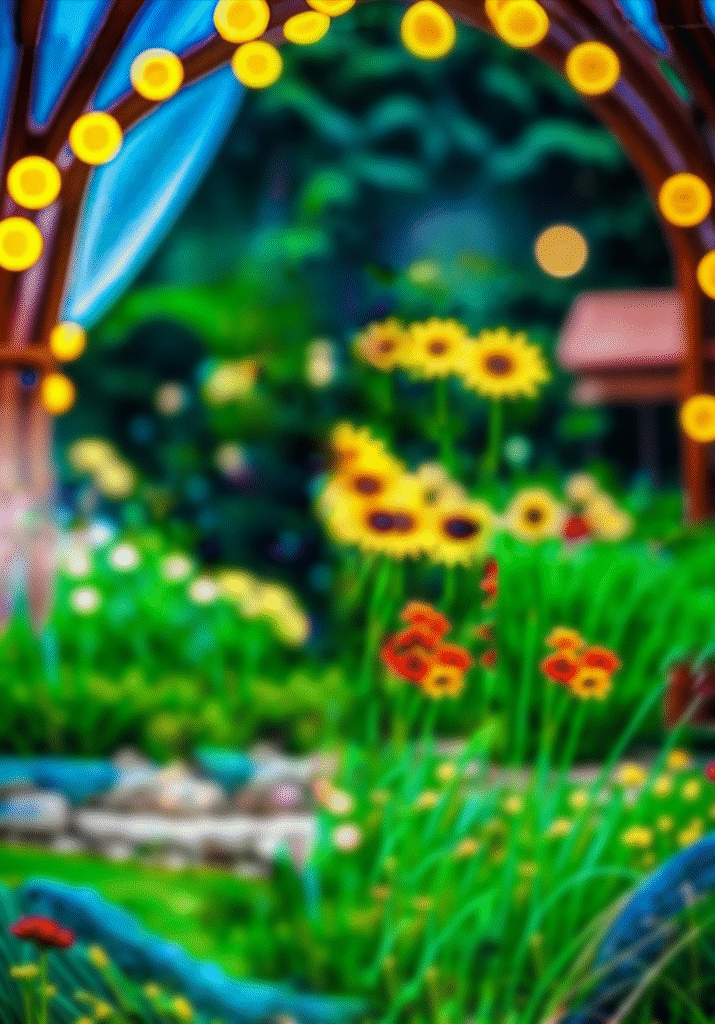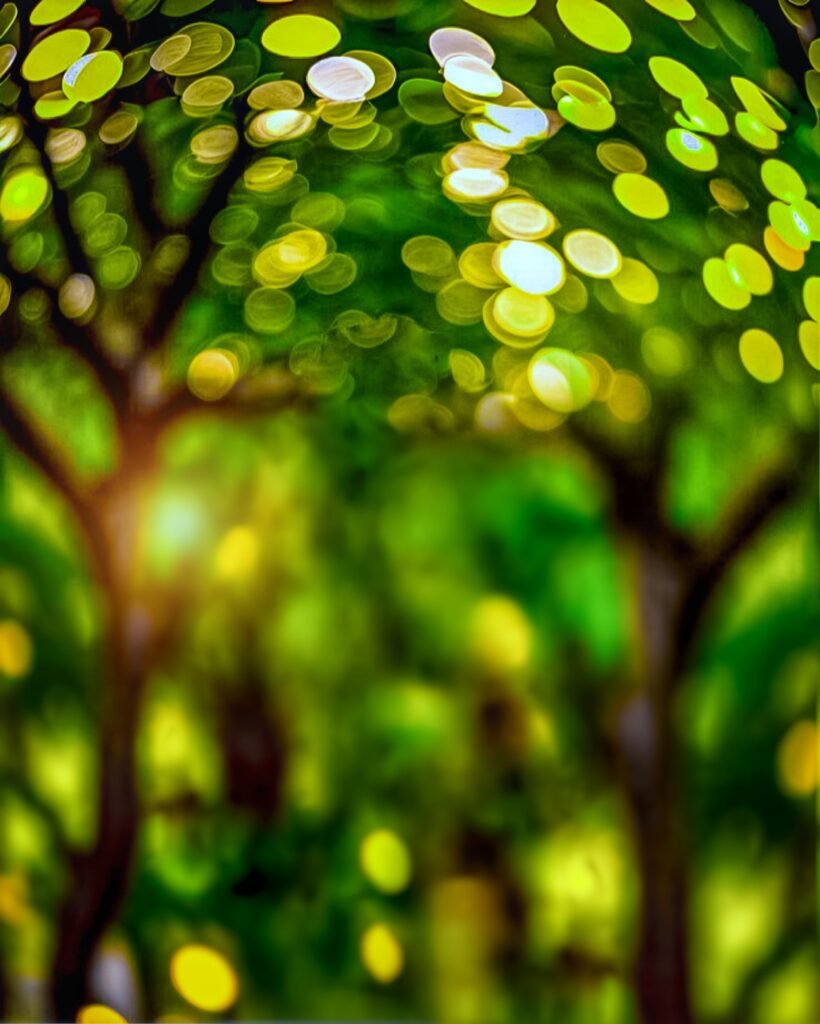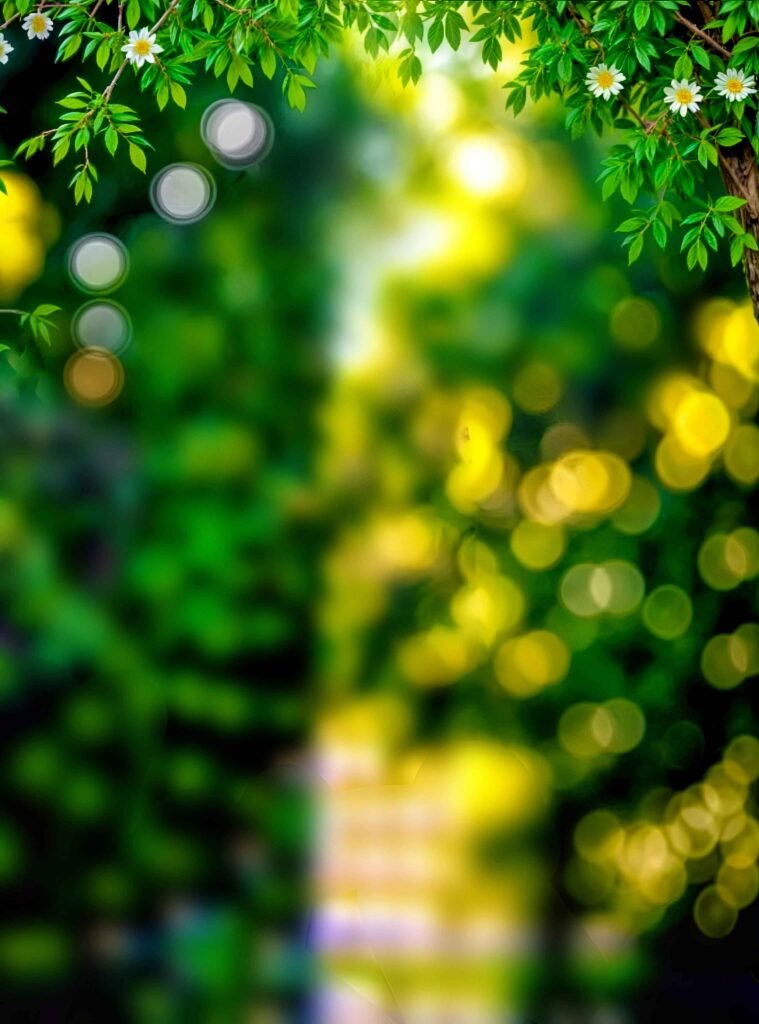Photography is more than just capturing a subject; it’s about weaving a narrative, setting a mood, and providing context. In cultural photography, particularly when focusing on indigenous communities like the Santals, the photo background is not merely a blur or an empty space; it is an integral element that speaks volumes about heritage, lifestyle, and connection to the environment. Understanding and thoughtfully utilizing Santali photo backgrounds is crucial for authentic and respectful visual storytelling that goes beyond superficial representation.
The Santals, one of India’s largest indigenous communities, predominantly reside in parts of Jharkhand, West Bengal, Odisha, Bihar, and Assam. Their rich cultural tapestry, vibrant traditions, unique architectural styles, and deep connection to nature offer an incredible array of visual possibilities. For photographers aiming to portray Santali life, the background becomes a silent narrator, adding layers of meaning to portraits, candid shots, and celebratory scenes.



The Significance of Background in Cultural Photography
Before diving into specific Santali elements, it’s vital to grasp why the background holds such importance in cultural photography:
- Context and Authenticity: A well-chosen background instantly provides context, rooting the subject in their environment and culture. For example, a Santali woman in traditional attire against the backdrop of a modern city would tell a different story than one against her mud-plastered village home. The latter offers authenticity and a glimpse into her daily life.
- Narrative and Storytelling: The background can tell a story on its own or enhance the subject’s narrative. It can depict daily activities, traditional practices, or the social fabric of the community.
- Mood and Atmosphere: The colors, textures, and elements within the background contribute significantly to the photograph’s overall mood and atmosphere. A lush green forest evokes a sense of tranquility, while a bustling village market suggests energy and community.
- Depth and Dimension: Beyond its symbolic value, the background adds visual depth to a photograph, making it more engaging and less flat.
- Cultural Preservation: By meticulously documenting traditional backgrounds, photographers contribute to the visual preservation of cultural heritage, showing future generations the environments their ancestors inhabited.
Common Elements of “Santali Photo Backgrounds”
When capturing the essence of Santali life, several recurring background elements emerge, each offering unique visual and cultural insights:


1. Traditional Santali Homes and Village Landscapes:
Santali villages are typically characterized by their distinctive architecture. Traditional houses are often made of mud and cow-dung plaster, frequently adorned with intricate geometric patterns or murals depicting flora, fauna, and folk tales, often painted by the women of the household.
- Mud Walls with Artwork: These vibrant, often earthy-toned walls provide a visually rich and culturally specific backdrop for portraits or candid shots. The hand-painted motifs add an artistic dimension that is uniquely Santali.
- Thatched Roofs: Traditional roofs made from paddy straw or local grasses add a rustic, organic feel, signifying a connection to the land and traditional building practices.
- Courtyards (Racha): The central courtyard is a vital part of a Santali household, often serving as a space for daily activities, social gatherings, and rituals. Capturing subjects within this space provides insight into their communal living.
- Village Pathways and Open Spaces: The unpaved paths, open fields, and communal areas within a Santali village often convey a sense of simplicity, community interaction, and rural life.

2. Natural Environment and Landscape:
The Santals have a profound spiritual and practical connection to nature. Their lives are deeply intertwined with the forests, hills, and rivers that surround them.
- Lush Greenery and Forests: Given their historical dependence on forest resources and their reverence for nature, dense green foliage, bamboo groves, and Sal tree forests serve as powerful and authentic backgrounds. These natural settings emphasize their ecological harmony.
- Rivers and Water Bodies: Rivers and streams are often central to village life, used for daily chores, fishing, and cultural rituals. A river flowing gently in the background can add serenity and context.
- Agricultural Fields: Santals are predominantly agriculturalists, practicing wet rice cultivation. Fields of paddy, especially during planting or harvest seasons, provide a beautiful and culturally relevant backdrop that speaks to their livelihood.
- Open Skies and Sunsets/Sunrises: The vast open skies, particularly during golden hour, can create dramatic and evocative backgrounds, adding emotional depth to scenes of daily life or celebrations.
3. Festival and Ritualistic Settings:
Santali culture is rich with festivals, dances, and rituals that offer incredible photographic opportunities.
- Sacred Groves (Jaher Than): Each Santali village has a sacred grove dedicated to benevolent spirits (bongas). This revered space, often characterized by ancient trees, forms a highly significant and spiritual background for images related to their religious practices.
- Festival Grounds: During festivals like Baha (flower festival) or Sohrai (harvest festival), the village squares or designated open areas become vibrant hubs of activity. The gathering of people in traditional attire, musical instruments, and dance formations create dynamic and energetic backgrounds.
- Traditional Musical Instruments: Instruments like the Tamak (drum), Tumdak (drum), and Tirio (flute) are integral to Santali music and dance. Capturing them in the background, perhaps leaning against a wall or being played, adds cultural authenticity.
4. Everyday Objects and Tools:
Subtle inclusion of everyday objects can provide rich context without overpowering the subject.
- Traditional Utensils and Crafts: Locally made pottery, woven baskets, or traditional tools for farming or hunting, when subtly placed in the background, can highlight their self-sufficiency and traditional craftsmanship.
- Hand-woven Textiles: The distinctive patterns and colors of Santali sarees (like the traditional ‘Panji’ or ‘Panchhi’) or other textiles, perhaps hanging to dry or draped within a home, can offer beautiful textural and chromatic backgrounds.
SEO Best Practices for “Santali Photo Background” Content
To ensure an article on Santali photo backgrounds ranks well and reaches its intended audience, consider these SEO strategies:
- Primary Keyword Integration: Naturally weave “Santali photo background” throughout the article, especially in the title, headings (H1, H2, H3), introduction, and conclusion.
- Related Keywords: Incorporate related terms like “Santali culture photography,” “traditional Santali village,” “indigenous photography background,” “Adivasi photography,” “tribal village scenes,” “cultural photography tips,” “ethnic photography backdrops,” and specific festival names (e.g., “Baha festival photos,” “Sohrai festival background”).
- Image Optimization: For any images used in the article, ensure they have:
- Descriptive File Names: E.g.,
santali-traditional-mud-house-background.jpg,santali-festival-dance-forest-background.png. - Alt Text: Provide descriptive alt text that includes relevant keywords. E.g.,
alt="A Santali woman in a traditional saree standing in front of a mud house with painted walls, showcasing a typical Santali photo background."
- Descriptive File Names: E.g.,
- Engaging Content: Write compelling and informative content that genuinely educates the reader about Santali culture and the significance of backgrounds. High-quality, original content is key for ranking.
- Internal Linking: Link to other relevant articles on your site (e.g., “History of Santali Culture,” “Traditional Santali Attire”).
- External Linking: Reference reputable sources about Santali culture (e.g., cultural organizations, academic papers, museums).
- Mobile Responsiveness: Ensure the article and website are optimized for mobile viewing, as many users access content on smartphones.
- Social Sharing: Encourage sharing on social media platforms to increase visibility and traffic.
Conclusion
The Santali photo background is far more than just a backdrop; it is a vital component of visual storytelling that enriches the narrative, enhances authenticity, and celebrates the profound connection between the Santali people and their environment. By consciously observing and incorporating elements like traditional mud homes, lush forests, sacred groves, and vibrant festival settings, photographers can create images that are not only aesthetically pleasing but also culturally respectful and deeply meaningful. Understanding these background elements allows for the creation of truly impactful photographs that genuinely reflect the soul of Santali life and heritage.




